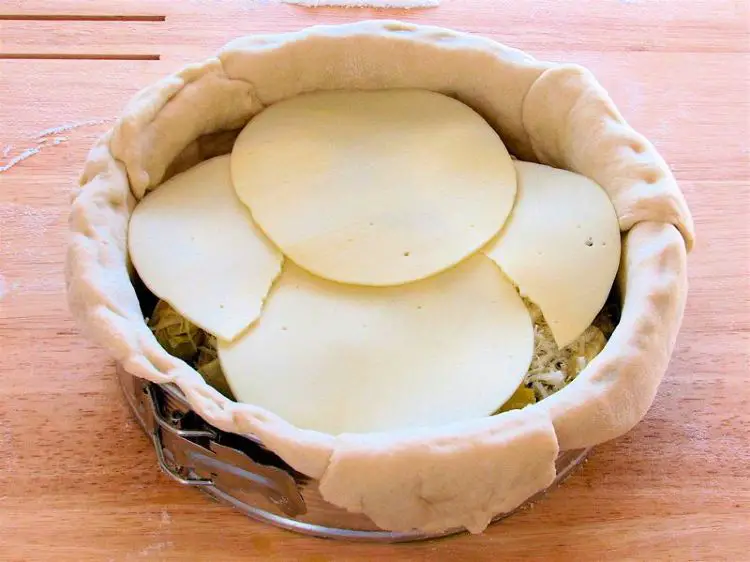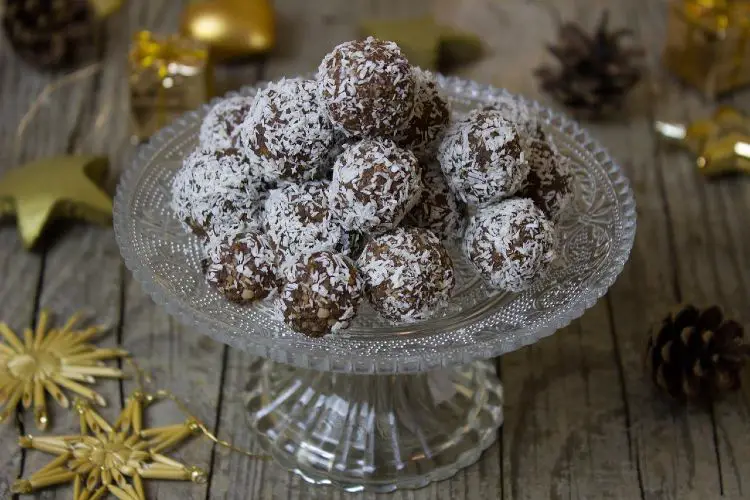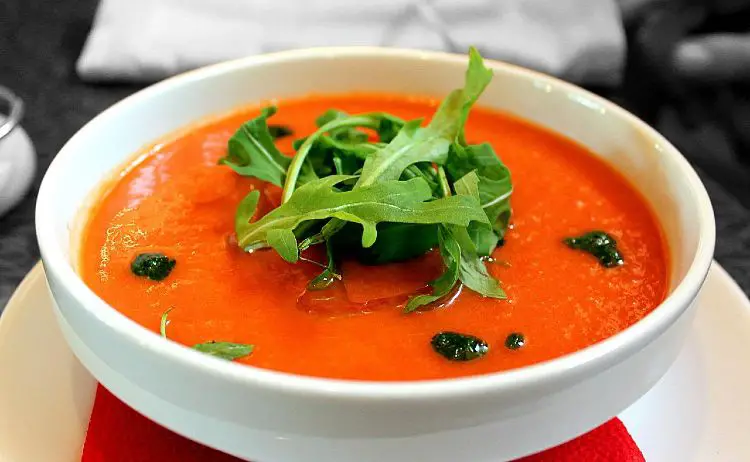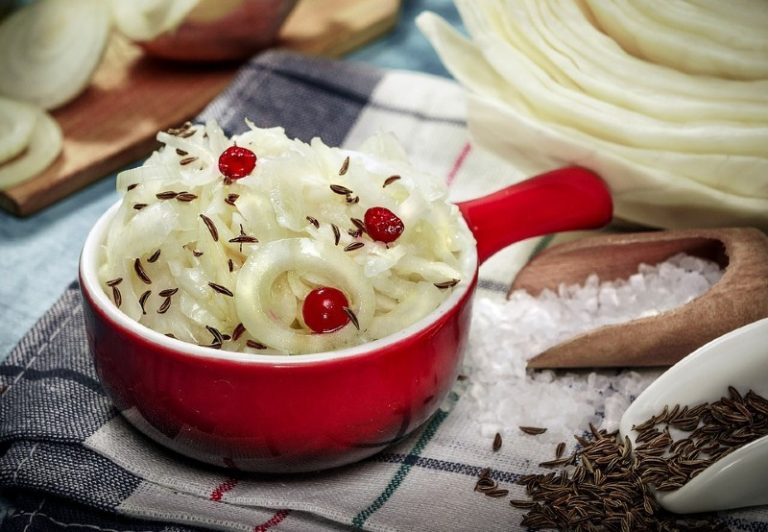Spices, Lies and A Vegetable Tagine
It began with a simple wooden spoon discovered in a Marrakesh souk. It was surrounded by other carved spoons jammed in sets of grubby tin jars. He sold it to me – a toothless walnut-skinned man hunched on a plastic stool surrounded by curls of fragrant wood shavings. With a simple set of tools he’d carved that joyous implement, honed by the demands of centuries of women cooks. The handle was extra-long and sturdy, so that fingers would not be burnt, and the bowl wide enough to perform the magic of mixing but also tooled with a slight edge to scrape the crusty bits of deliciousness from the base of a pan. I gazed longingly around his cave-like space gazing at vast wooden ladles and tiny miniatures used maybe to scoop honey or even spices.
Spices – that was the dream. It would be impossible as a cook not to buy spices in Marrakesh. But we’d bought quite a lot of spices over the years through different guides and the purchases were always disasters.
There were the spices we bought after help with a “friendly” guide and after returning home, I delightedly decanted my spoil into pre-washed pots. A few days later I thought of my Ras el hanout, wanting to prepare a delicious vegetable creation, and watched in horror as something moved in the jar.
Another year passed and we met a different guide on another visit to Marrakesh. Perhaps this time we would be successful?
‘I’ll take you. You can trust me,’ he said. I was nervous. We arrived at an elegant pharmacy, tiled magnificently in the zellige style with whirling designs in vivid blues and yellows and large old chemist bottles filled with jewel colours set in Moorish arches. Women in white coats moved about the place talking to groups of tourists sat nervously on wooden stools, dispensing small packages, plastic-wrapped as if they were drugs: tiny 50g packages of paprika, cinnamon, strong paprika labelled paprika forte. But there was no opportunity to inhale the glorious scents. The packets piled on shelves sat next to face creams, prescriptions for gout and male complaints.
“Saffron?” the white coat inquired with a stiff painted smile.
‘Yes, how much?” we asked.
A minute number of strands were weighed into another plastic bag. It was time for the bill. My patient husband stood in shock as the bill was handed over to us. How could it be so much? I told myself that saffron is expensive. We deliberated. A look of bored irritation crept across the white coat’s face.
‘Let’s just pay and go,’ my husband said, looking down at my plastic bags of spice dreams.
Years later we visited Fez. A man took us to a spice merchant deep in the souk. This was a very different space – a room precariously constructed from odd lumps of wood and tin coupled together, hung with tired dusty lamps that hardly gave out any light. We peered through a musty gloom and sat on a piece of animal skin staring at strange animal parts, skulls, bones, dried lizards and chameleons impaled on rusty nails. I wanted to leave but we knew we would never find our way out of the maze. Again my husband, patient as ever, muttered ‘Get what you have to and we’ll go’.
But as a cook, the lure of the spices still called me. It’s that aching need to have those perfect, pure, fresh, ground delights from exotic lands to wake jaded palates and conjure delicious magic in the pot. This time we’d be clever, refusing the tea – knowing that would put us under an obligation. And yes we bought the spices, haphazardly scooped from dusty jars. And the saffron? Those strands of golden joy were nothing more than orange-died plant fibres. How the trader had switched the true saffron, dipping it into a little water and performing the ceremony of laying it on a tissue for me to smell and touch, still remains a mystery. Once again I returned home with my old and expensive packages, and once again threw my purchases away. I bought tiny spice parcels online, feeling desperately sad that my spice adventure remained in my dreams rather than my pots.
Then, three years ago, we came to Marrakesh and I sat in the kitchen with a cook called Malika who worked for the hotel Riad Tizwa. She showed me how to prepare the perfect tagine as her mother had shown her. She demonstrated how she chopped vegetables in her hand rather than with a board and how technology had provided a pressure cooker for preparing tagines rather than the old, slow ways of the past. We quickly became friends, enjoying each other’s company in a way that transcended language, religion and race. I told her how I wanted to buy genuine, fresh spices, not in hermetically sealed packages or out of dusty jars or coloured with dyes for the tourists at inflated prices.
‘I’ll take you,’ she said. So we paced through the Jemaa el Fnaa Square, past tumblers, snake charmers and men with monkeys, their necks in chains. We marched past large women swathed in swirling robes with syringes in their hands, ready to henna hands and feet. Past the orange juice sellers and stalls selling hot snails and slivers of animal heads, on and on. She moved quickly. Sometimes it was difficult to keep up, avoiding the constant stream of motor bikes, donkeys with carts and taxis flooding the tight alleyways.
We passed through an archway into another world. No longer were the souks laden with treasures of silks, leathers, jewellery and embroidered kaftans. Now the narrow spaces were flooded with masses of robed women going about their business. Small stalls were overflowing with fruit, meats, bread, tyres, underwear and spices – yes, lots and lots of spices. We must have walked past dozens of spice-sellers and yet Malika kept moving, down more alleyways, skirting the puddles and sodden cardboard lying on the ground. At last we stopped at a stall milling with robed shoppers. Malika took my arm. ‘She’s my friend,’ she said in Arabic. A man nodded.
‘What do you want? Taste it first, he will let you” she told me as she passed the scoop laden with freshly ground cinnamon. She dropped a pinch in her hand and offered it to me. ‘Go on, enjoy it!’
A spicy sweetness overwhelmed my senses. We bought 200 grams plus the bark to grind at home. We sneezed and laughed at the grey dusty pepper, poured golden ground ginger into a bag, bagged fresh turmeric in twisted lumps and shells of mace, followed by different chillies in their dried, wrinkly shapes, plus ground chilli to add heat and flavour as well as scarlet red paprika. I bought a big bag of ready ground saffron, for baking bread. As we left I saw a sack of split foules, fava beans, ready peeled for the pot. Dreaming of thick, creamy soups I bought far too many along with a bag of almonds for my husband to nibble.
What could the cost possibly be? I watched the stall holder with trepidation. ‘100 dirhams – seven pounds’ he said.
This year we returned to the spice market again with Malika and with the camera. And now back at home I’ve prepared her vegetable tagine, whose spicy aromas evoke the Marrakesh market.
Malika’s Seven Vegetable Tagine
Ingredients to serve 2 people
2 tablespoons oil
½ teaspoon salt
4 cloves garlic crushed
1 teaspoon freshly ground ginger
1 teaspoon sweet paprika
1 teaspoon ground pepper
2 tomatoes
2 onions
500g chopped marrow with skin (no seeds)
2 large potatoes, with the skin on
4 carrots
2 courgettes
250g fresh peas {or finely chopped green beans}
1 glass water
25g finely chopped parsley and coriander
Method
Clean and chop the vegetables into small pieces. Skin the tomatoes. Slice the onion finely and cut the marrow, carrots, courgettes and potatoes into even sticks.
Fry the onions with oil in a hot tagine and simmer gently until golden and soft. Mix the spices with the crushed garlic and water and add to the mixture. Add all the vegetables except for the peas {or beans} and mix well.
Cook for 30 minutes over low heat. Add the peas {or beans} and simmer for another 10 minutes. Add the chopped herbs and serve.
Optional additions are olives, sliced preserved lemons or toasted almonds to add texture and crunch.




